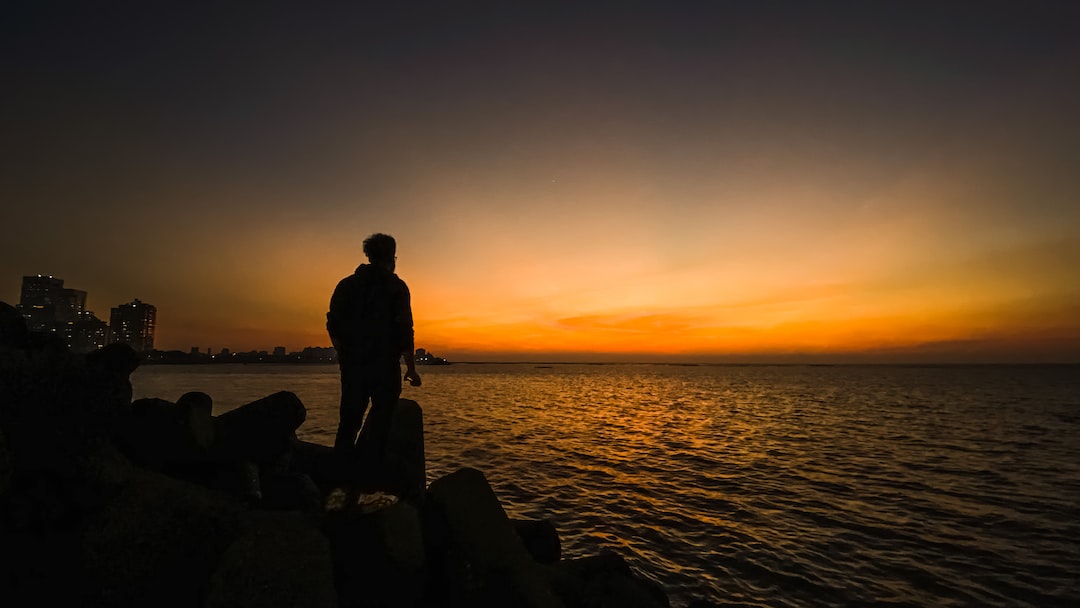Mumbai, also known as the “City of Dreams,” is a bustling metropolis that is home to a myriad of architectural wonders. From colonial-era structures to modern skyscrapers, the city’s architecture is a testament to its rich history and cultural heritage. In this blog post, we will take a journey through Mumbai’s architectural wonders, exploring the gems that have shaped the city’s skyline.
One of the most iconic landmarks in Mumbai is the Gateway of India. Built in 1924, this grand arch stands tall at the waterfront, symbolizing the city’s colonial past. It was built to commemorate the visit of King George V and Queen Mary. The architecture of the Gateway of India reflects a fusion of Hindu and Muslim styles, with intricate details and carvings. It serves as a popular tourist spot, offering breathtaking views of the Arabian Sea and serving as a departure point for ferries to Elephanta Island.
Another architectural marvel in Mumbai is the Chhatrapati Shivaji Maharaj Terminus, formerly known as Victoria Terminus. This UNESCO World Heritage Site is a blend of Victorian Gothic Revival and Indian traditional architecture. Designed by Frederick William Stevens, it was completed in 1887 and serves as the headquarters for the Central Railways. The stunning architecture of the station, with its turrets, spires, and stained-glass windows, is a visual treat. It is not only a transportation hub but also a symbol of Mumbai’s thriving railway network.
Moving onwards, the Rajabai Clock Tower is yet another architectural gem that adds to Mumbai’s charm. Located in the Fort area, this gothic-style tower was completed in 1878 and designed by Sir George Gilbert Scott. Standing at a height of 280 feet, it was once the tallest structure in Mumbai. The tower is adorned with beautiful sculptures, intricate carvings, and a clock imported from England. It is a significant landmark in Mumbai and has been featured in many Bollywood movies.
As we delve deeper into Mumbai’s architectural wonders, we cannot miss the beautiful Haji Ali Dargah. Located on a tiny island off the coast of Worli, this exquisite mosque and tomb complex are dedicated to a wealthy Muslim merchant, Pir Haji Ali Shah Bukhari. The Indo-Islamic architectural style, with its white domes and minarets, is a sight to behold. The dargah attracts devotees and tourists alike, and during high tide, the pathway leading to it gets submerged in the Arabian Sea, adding to the mystique and beauty of the place.
Now let’s switch gears and explore Mumbai’s modern architectural wonders. The Bandra-Worli Sea Link is a stunning cable-stayed bridge that connects the suburbs of Bandra and Worli. Opened to the public in 2009, it has become an emblem of modern Mumbai and a symbol of the city’s modernization. The bridge’s sleek and futuristic design is a testament to India’s engineering prowess. Driving on the Sea Link offers panoramic views of the Arabian Sea and the Mumbai skyline.
Lastly, we have the towering skyscrapers that dot the city’s landscape. Mumbai boasts one of the most impressive skylines in the country, with buildings like the Imperial Towers, Lodha Bellissimo, and Palais Royale. These high-rise structures represent the city’s rapid urbanization and economic growth. They are not only architectural marvels but also the epitome of luxury and opulence.
In conclusion, Mumbai’s architectural wonders take us on a journey through history, showcasing the city’s cultural diversity and evolution. From colonial-era structures to modern skyscrapers, each building tells a unique story and stands as a testament to Mumbai’s past and present. Whether you’re a history buff or a fan of modern design, exploring these architectural gems is an experience that should not be missed when visiting this vibrant city.

